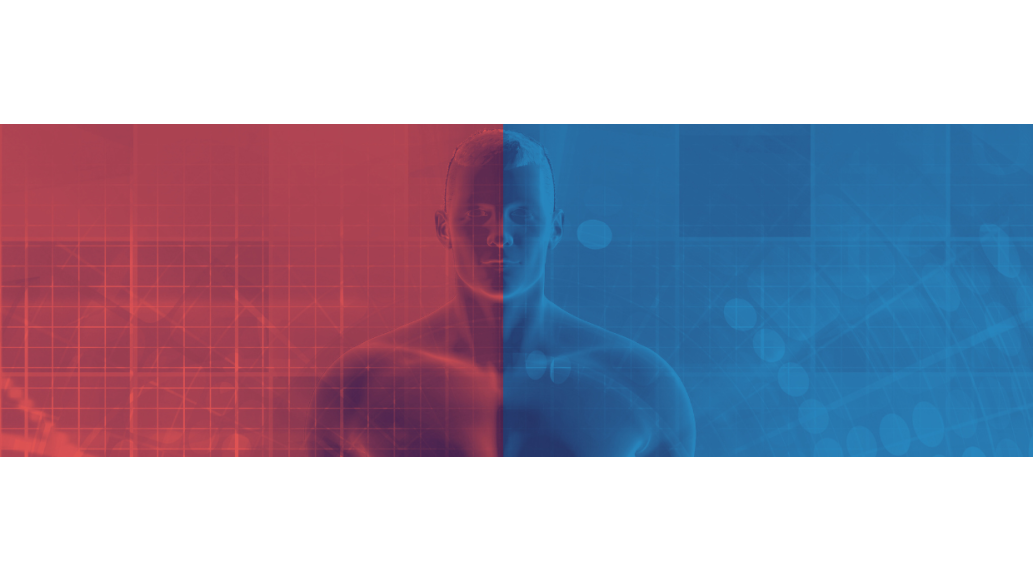Red light therapy utilizes low-wavelength red light to potentially enhance skin health, decrease inflammation, and assist in muscle recovery. It is thought to work by stimulating cellular functions through its interaction with mitochondria, which may boost energy production and support healing processes. This non-invasive method has been investigated for various medical and cosmetic purposes, such as treating skin conditions, promoting hair growth, and aiding recovery after physical activity.
Cryotherapy, more commonly known as icing, has long been considered the gold standard for dealing with inflammation, including the muscle inflammation that occurs following strenuous exercise. However, research has now clearly shown that when cryotherapy and red light therapy are compared to see which one works better to support exercise recovery, red light therapy consistently comes out on top.
In 2019, a scientific article was published that reviewed three clinical trials and two animal studies comparing cryotherapy to red light therapy as applied following exercise. All five studies found that red light therapy was superior to cryotherapy at improving outcomes related to exercise recovery, such as decreased delayed onset muscle soreness and reduced muscle inflammation. It also showed that cryotherapy did not prevent muscle damage from occurring following strenuous exercise, since markers of muscle damage like creatine kinase were only reduced with red light therapy.
The superiority of red light therapy over cryotherapy can be explained by the mechanisms of how the two modalities work. Red light therapy stimulates mitochondria to produce energy and modulate oxidative stress, decreasing cellular markers of inflammation, and induces cellular changes like increasing the production of growth factors. In contrast, cryotherapy constricts blood vessels and decreases blood flow, which leads to less edema formation. This reduces inflammation but does not induce cellular changes that support healing.
All five of these studies used light that was quite low in intensity. When it comes to red light therapy, more is not necessarily better. For best results, use a product that delivers both red and near infrared light at around the same intensity as the sun, such as the Red Light Therapy products.
Shop Red Light Therapy Products
Read More Articles About Red Light Therapy
Medical Disclaimer: The information provided on this site, including text, graphics, images, and other material are for informational purposes only and are not intended to substitute for professional medical advice, diagnosis, or treatment. Always seek the advice of your physician or other healthcare professional with any questions or concerns you may have regarding your condition.




